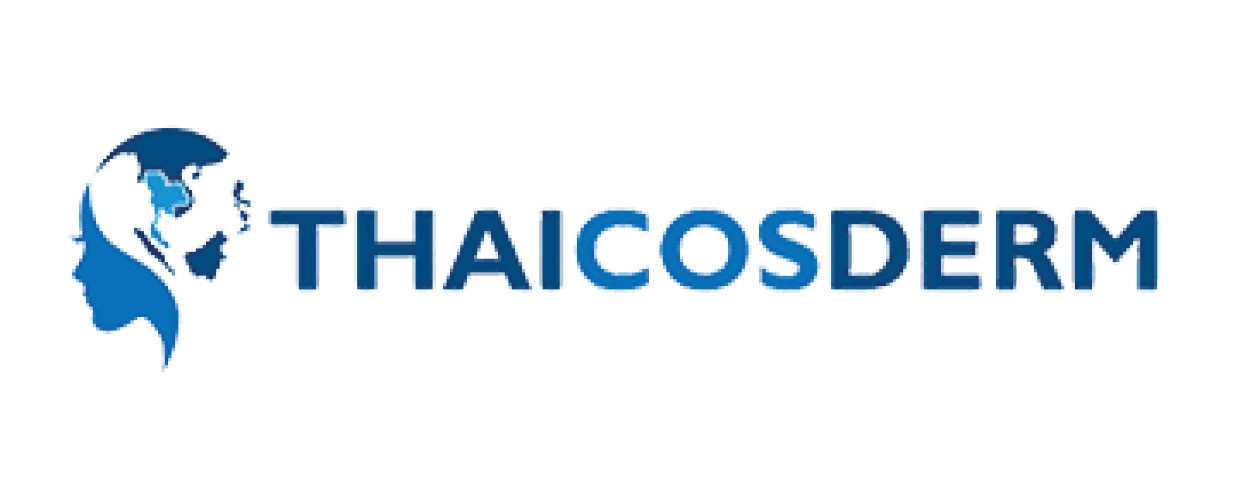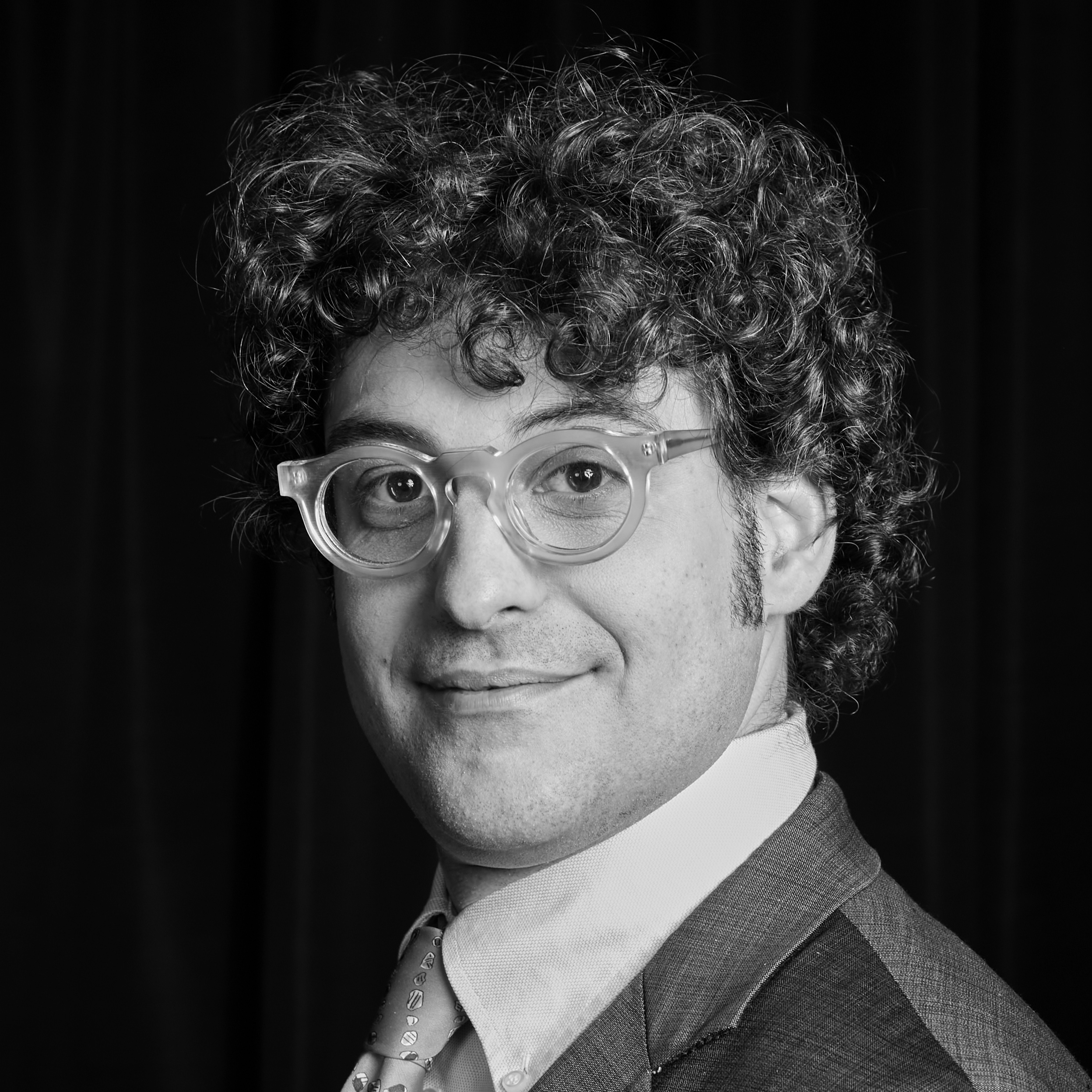VOLTAR
IMCAS Asia 2024
IMCAS Asia 2024
Programa
066
NEXTGEN DERM - Competition & Awards(in collaboration with THAICOSDERM, educational grant from MERZ)
Sala: Room 4 - Level 2
Data: sábado 22 junho 2024 de 16:30 às 18:30
Formato: FOCUS SESSION > lectures covering a major topic of the congress
Data: sábado 22 junho 2024 de 16:30 às 18:30
Formato: FOCUS SESSION > lectures covering a major topic of the congress
Apresentações desta sessão
| Horas | Palestrantes | Título da apresentação | Resumo | Número |
| 16:30 | Jury | 134467 | ||
| 16:30 | Jury | 134468 | ||
| 16:30 | Jury | 138754 | ||
| 16:30 | Jury | 138747 | ||
| 16:30 | Jury | 138748 | ||
| 16:30 | Jury | 139474 | ||
| 16:30 | METHOD AND APPARATUS FOR DERMATOLOGICAL TREATMENT | 138936 | ||
| 16:40 | FolliFocus: Multifunctional Light-Guided Microneedle Patch for Hair Regrowth | 134471 | ||
| 16:50 | Hope or Hype? Polynucleotide for hypertrophic scars | 134472 | ||
| 17:00 | Botulinum Toxin Injection Shows Promise in Nail Psoriasis: A Comparative Randomized Controlled Trial | 134473 | ||
| 17:10 | Efficacy of botulinum toxin A for the management of melasma: A split-face, randomized control study | 134474 | ||
| 17:20 | The efficacy and safety of cohesive polydensified matrix hyaluronic acid (CPM-HA) and fractional picosecond laser 755 nm for periorbital rejuvenation: A split-face, randomized, comparative study | 138934 | ||
| 17:30 | Efficacy of Combining Fractional Carbon Dioxide Laser and Silicone Gel in Treatment of Hypertrophic Scars and Keloids: A Split-lesion, Evaluator- blinded, Randomized, Controlled Trials | 138935 | ||
| 17:40 | The Comparative Efficacy and Safety of 250 μm versus 350 μm Long Microneedle Patch on Under-Eye Skin | 134470 | ||
| 17:50 | Comparison of efficacy of 40% mandelic acid with 30% salicylic acid peels in mild to moderate acne vulgaris | Visualizar | 134469 | |
| 18:00 | Novel Single-Entry Point Injection Technique for Masseter Hypertrophy Treatment Using Botulinum Neurotoxin based on Patient-Reported Comfort | 138937 | ||
| 18:10 | Decision and Declaration of Winners - Rising Star & Innovation | 134475 | ||

















